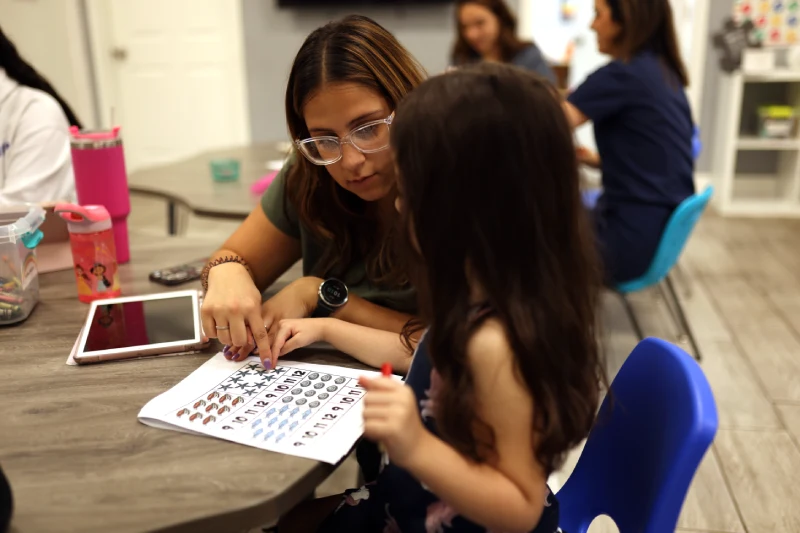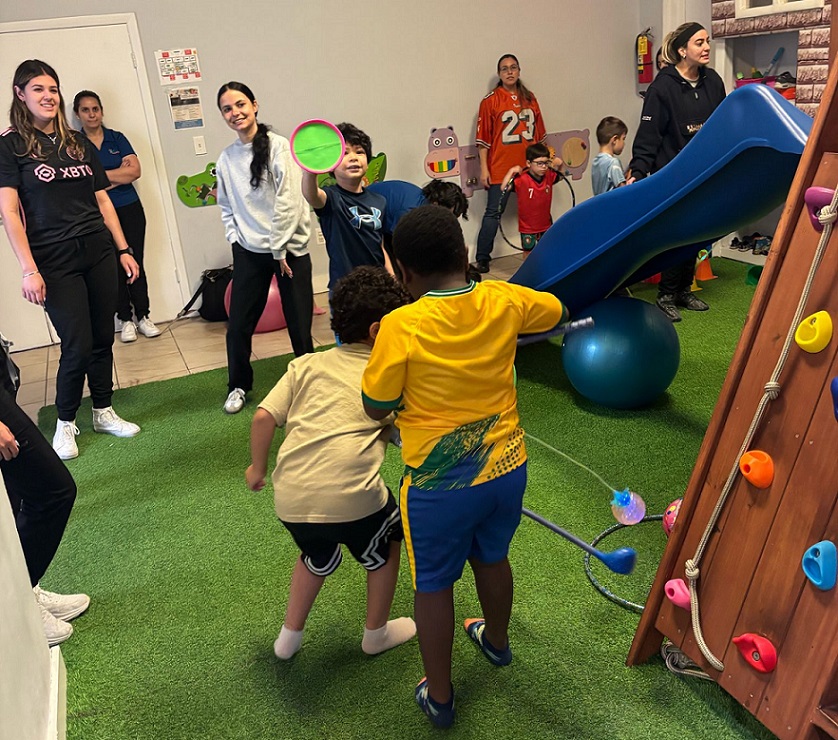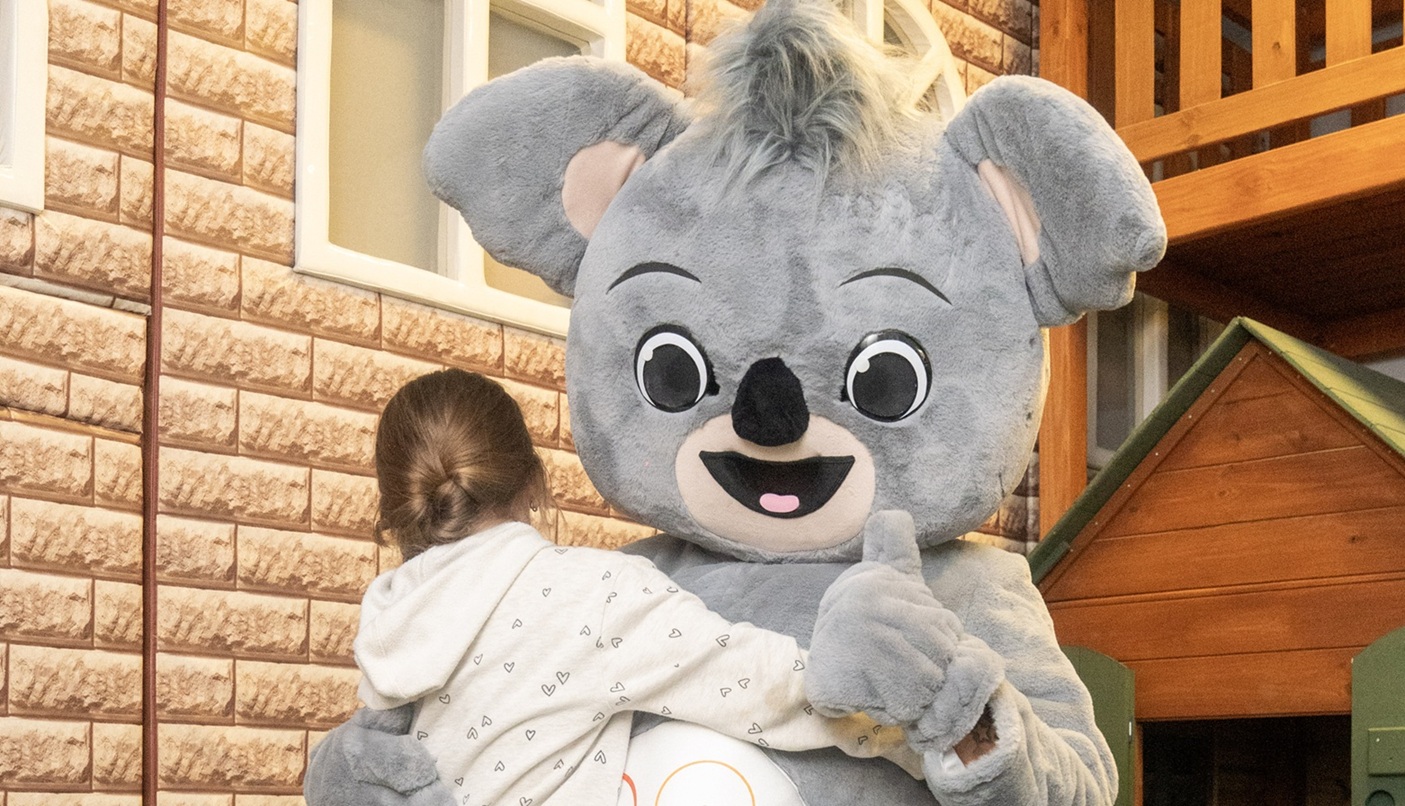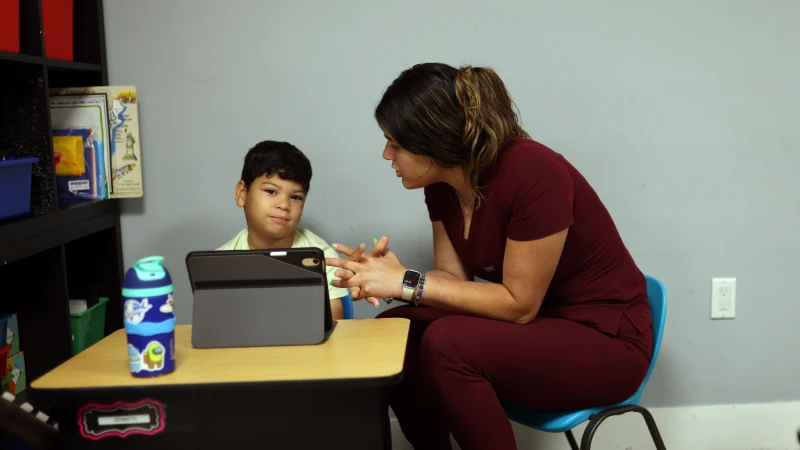Does it always have to be so complicated?
That’s a question many parents of children with autism ask themselves about their child’s education. Yes, traditional education can often be frustrating, and for these parents, it can be very difficult to stay motivated. Fortunately, today there is a bridge that connects academic rigor with the natural joy of childhood: gamification.
At Koala ABA & Learning Centers, we have adopted this approach as part of our educational evolution, as it not only drives learning but also fills it with joy and a sense of normalcy. In this article, we will show you that education doesn’t have to be so complicated: it can also be an exciting adventure for your child.
Ready to discover how learning can be fun? Keep reading!
What Is Gamification in Education?
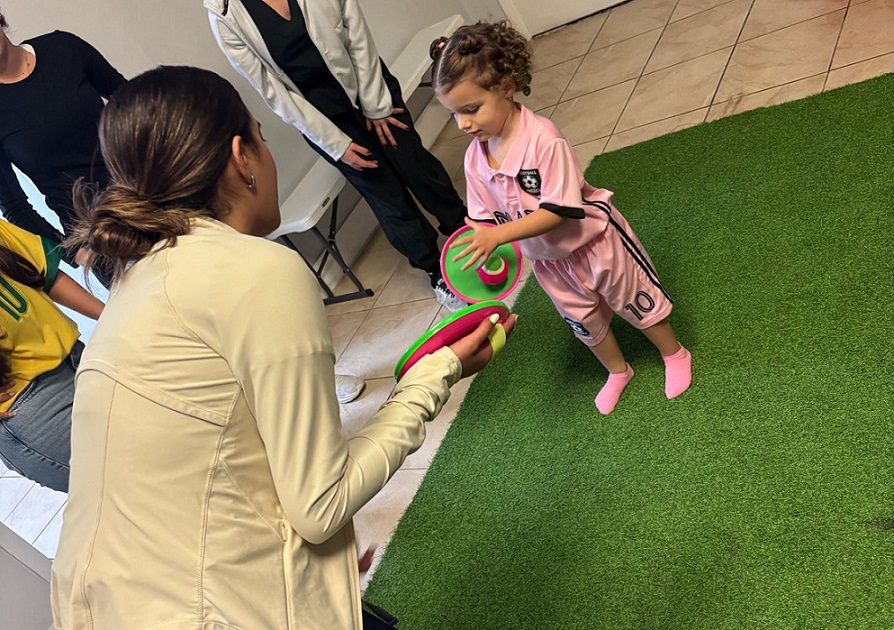
Gamification is an innovative strategy that uses elements and principles of game design in non-game contexts, such as education. For example, imagine that learning is a treasure hunt: it’s not just about finding the treasure, but about enjoying every clue and every challenge along the way.
That’s how gamification works. Of course, to understand it, it’s important that you manage to “think like a child.” Now, it’s not as simple as playing a video game; you need to know how to use the psychology behind the game mechanics to motivate, guide, and keep students with autism focused on their learning goals.
What are the key elements of gamification?
The most notable elements of gamification in education can be summarized in four essential points:
- Points: Numeric rewards for each achievement, which make a child’s progress tangible.
- Badges: Visual recognitions to celebrate milestones, like mastering a skill or completing a lesson.
- Leaderboards: They foster healthy competition and give the child a sense of belonging and achievement within a community.
- Challenges and Goals: They turn tasks into clear missions with defined objectives, which reduces anxiety and increases focus.
Why Does Gamification Transform Learning?
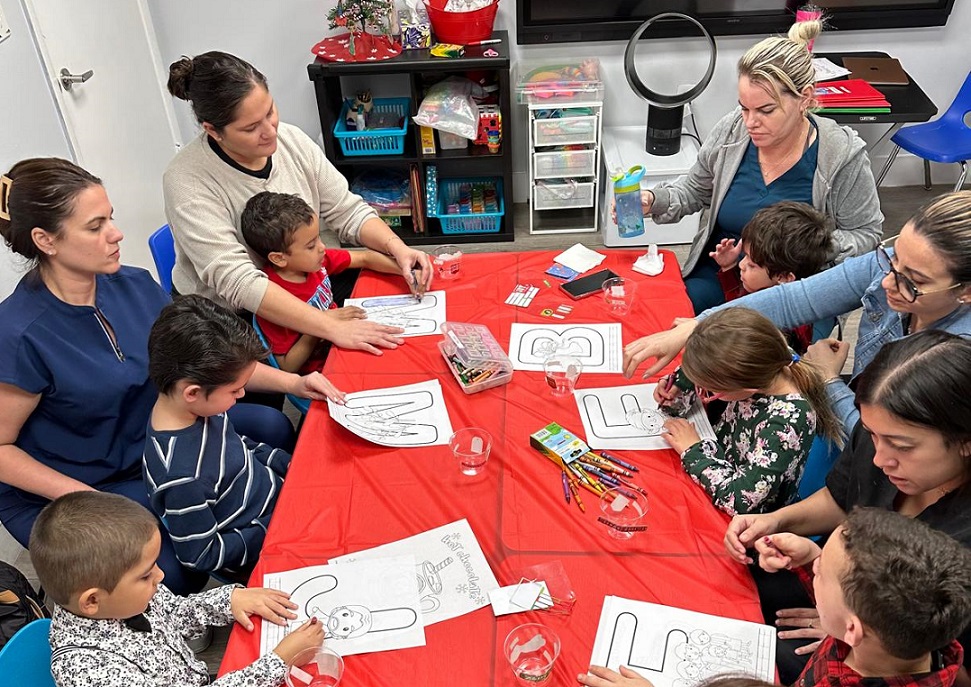
For children with autism, structure and predictability are essential; therefore, gamification is effective when these unique characteristics are leveraged. By providing a learning environment with clear goals and tangible rewards, the frustration derived from traditional methods is eliminated.
Evidently, this allows the child to concentrate much more on the content, knowing exactly what to expect and how their efforts will be rewarded. In this way, instead of an obligatory task, game-based learning becomes a dynamic system of achievements and rewards.
Here are some clear pieces of evidence of this transformation:
Increased Student Participation and Motivation.
Gamification has a direct impact on student participation and motivation, key elements for educational success. By turning learning into an interactive and fun experience, children feel involved and eager to participate, which steers them away from the feeling of imposition:
- Clear Goals: Children can visualize their progress, which gives them a powerful sense of control and accomplishment.
- Positive Reinforcement: Immediate rewards quickly confirm the child’s effort, reinforcing desired behaviors.
- Low-Pressure Environment: The game format reduces anxiety about failure, which encourages children to take risks and keep trying.
Better Knowledge Retention.
Now, when learning becomes a truly positive experience, the child’s brain retains it more effectively. Likewise, gamification leverages this principle by turning abstract information into vivid and lasting personal memories:
- Emotional Connection: Joy and enthusiasm create a positive emotional association with the academic content.
- Active Learning: Children actively participate in the learning process, which consolidates the subjects they learn.
The Power of Educational Games in the Classroom.
Educational games are the backbone of this method. Furthermore, by transforming lessons into interactive activities, educators address multiple skills at once. In this way, not only is the content learned, but fundamental life skills are also developed:
- Holistic Development: Educational games improve concentration, memory, and coordination.
- Social Skills: Group games foster cooperation, empathy, and communication with other children.
How to Implement Gamification in Your Lessons?
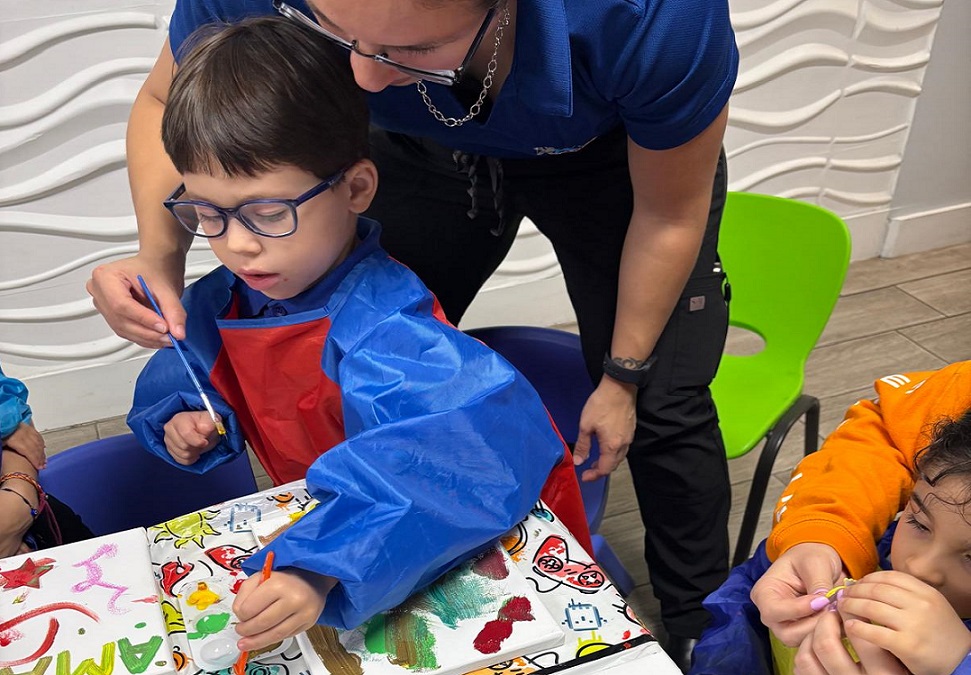
It’s understandable that “gamification” may sound like a complex concept at first; but the reality is that its principles are applicable to any subject and in any place, from the classroom to the home. Now, at Koala ABA, we know from experience that your first question will always be: “Where do I start?”.
The key is to be creative and adapt the game mechanics to each child’s needs, transforming their routine into a series of discoveries and shared achievements. In this way, student participation will skyrocket, just as lessons stop being a task and become an exciting mission.
Below, we show you some examples that, as an educator or parent, you can put into practice today:
Popular Techniques and Tools.
- Badges and Trophies: Create a system of badges to reward achievements; for example, a “Star Reader” badge after reading 10 lines.
- Interactive Quizzes: Transform exams into fun quizzes, using flashcards with a point system for each correct answer.
- Leaderboards: Use this board to foster friendly competition; it can be a wall with fun stickers, where each one represents an achievement.
Frequently Asked Questions About Gamification in Education.
1. What does gamification in education mean?
Gamification in education consists of applying game dynamics within the learning process. This makes children feel more motivated with each lesson.
2. Why is gamification effective for children with autism?
Because it offers structure, clarity, and immediate rewards. These characteristics reduce frustration, helping children concentrate and enjoy learning more.
3. What are the main benefits of educational gamification?
Among the most notable benefits are:
- Greater student engagement.
- Consistent positive reinforcement.
- Reduced anxiety about failure.
- Better knowledge retention.
4. Can I implement gamification at home?
Yes. Parents can use achievement charts or simple educational games to reinforce skills at home. This creates continuity with what was learned in therapy sessions.
Bringing Gamification to Modern Learning: 3 Keys from Koala ABA.
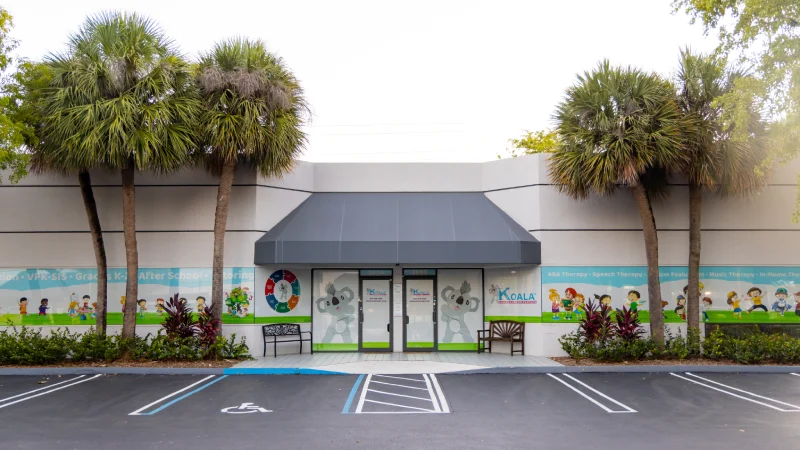
At Koala ABA & Learning Centers, we don’t just believe in gamification as an extraordinary tool for learning: we have integrated it into the essence of our therapies. In this sense, our therapists understand that for interactive learning to be effective, it must also be a fun experience.
For this reason, we have adopted an approach where individual and collective growth are celebrated, and where every small step is treated as an impressive victory, motivating children to reach their maximum potential in an enjoyable way.
These are three examples of how we do things at Koala ABA:
1. Gamification in ABA Therapy.
ABA Therapy is based on positive reinforcement, which makes it an ideal companion for gamification. Thus, through an adapted points and rewards system, each step in the child’s ABA Therapy plan becomes a surmountable challenge, celebrating every advance with joy:
- Visual Reinforcement: Progress charts and visual rewards make progress clear and motivating.
- Clear and Measurable Goals: Tasks are divided into small, achievable objectives, which reduces frustration and increases confidence.
2. Interactive Learning in Occupational Therapy.
Occupational Therapy also benefits from the interactive learning of children with autism. Likewise, by using interactive games to improve their motor skills or their sensory integration, they perceive the therapy sessions as an exciting game instead of a chore:
- Fine and Gross Motor Skills: Games with building blocks become “construction challenges” or “hero rescue.”
- Sensory Integration: Usual sensory activities are presented as “exploration trips” or “texture challenges.”
3. Fun and Learning at Summer Camps.
At our summer camps, gamification transforms every activity into an opportunity to learn by playing and exploring. Treasure hunts and team challenges foster friendship, cooperation, and the development of key skills, in a safe and fun environment.
Your path to a fun way of learning begins today.
At Koala ABA & Learning Centers, we understand each of the challenges you face in educating your child, and we want to be your allies on that path. Today, we invite you to discover a world where game-based learning and the development of their social skills are a single objective.
Let us be a part of your child’s smile, because there is no greater reward than their happiness.
Contact us today and take the first step towards a new way of learning!



